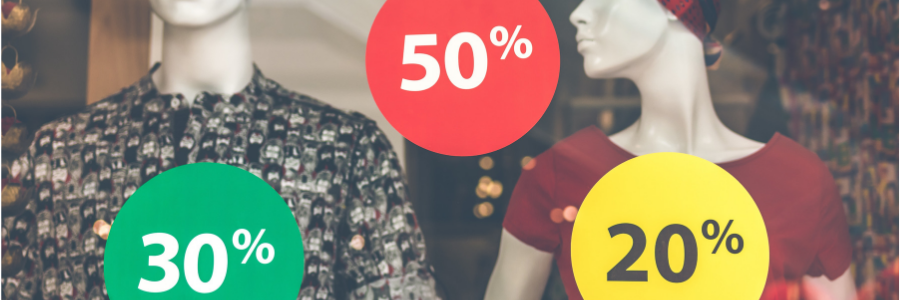You know the holiday season is right around the corner, but what does that actually mean for your social media strategy?
Well, I could tell you to do steps X, Y, and Z to update your social media plans and all your woes will vanish! Christmas shoppers will rush to your website and the garland around your tree will be made of shredded $100 bills!
But that isn’t how this works.
I can’t tell you what’s going to work perfectly for your business in your unique situation. What I can tell you, though, is that Marketing Dive found that 80% of shoppers are planning to spend at least as much on holiday shopping as they did last year. The holidays are simply too lucrative not to plan for them.
So how do you learn what you need to do? You study the best. I’m going to show you some of the most successful holiday campaigns, explain exactly what made them such hits with their audiences, and give you some tips on how you can replicate those results.
1. STARBUCKS
Starbucks’ holiday cups have earned them a lot of attention over the years, and the 2017 holiday season was no different. The face of coffee let their customers design their own holiday cups and have a chance for their work to be shared by Starbucks by using the #GiveGood hashtag.
What’s their secret?
Starbucks has a huge fanbase of active, loyal customers. When they were given the chance to create content for a company they love, there was no hesitation. This influx of user-generated content (UGC) got Starbucks a lot of positive attention and plenty of fresh content for advertising, all without paying a dime!
#GiveGood was also a key part of their success. It showed users that Starbucks wasn’t thinking about themselves, but was instead focusing on the spirit of giving. That brought in a human element for customers to relate to, so suddenly they were getting into the holiday spirit and not just buying coffee from one of the largest corporations in the world.
What’s the lesson?
UGC is almost always going to endear you in the eyes of your audience. It’s also important to remember that, as the holidays come closer, you can’t beg your customers to buy from you. Show them your human side and let them be naturally excited about your brand.
2. UPS
UPS started a #WishesDelivered campaign to share real, touching stories from their customers of how UPS made a difference in their lives. Every time users shared or submitted stories with the hashtag, UPS donated a dollar to one of three charities.
What’s their secret?
The short version: people love stories. Everyone wants to feel good, and #WishesDelivered gave people a reason to spread the word about what a difference UPS was making. Combining easy charity donations with the chance to spread positive, holiday-themed news made this campaign an instant success.
What’s the lesson?
Tell your customers how you’re helping them! Even if you can’t afford a huge donation to charity right now, let your customers interact with your brand by telling stories of how you did right by them. Hashtag campaigns can work wonders for spreading your message.
3. HOTELTONIGHT
Nobody said the holidays were all exchanging gifts and kissing reindeer. HotelTonight’s holiday campaign acknowledged that sometimes the holidays just suck, especially when family is involved! They posted jarring (in a good way) caricatures of unpleasant family members, and encouraged users to share their worst stories of staying with relatives.
What’s their secret?
HotelTonight was simultaneously funny and reminded its customers why they needed to book hotels over the holidays. It’s hard to say “I’ll just bunk with mom” when you’re thinking about your great-aunt Muriel’s Scrabble tournament!
What’s the lesson?
Holiday marketing doesn’t have to be happy. If your brand’s personality isn’t one that cares about Santa and eggnog, that’s fine! This is also a lesson that you should be establishing empathy with your customers wherever you can. Show them that you know what they’re going through, and they’ll flock to you!
You don’t want to copy these brands, but you should take the ideas behind each success story and make them your own! The holidays are a chance for your business to score some big victories, so don’t waste this opportunity with tired marketing strategies! Now get out there and show your customers why they need you this holiday season!
Did you find this advice helpful and want to see how else you can improve your marketing strategy? Reach out to The Go! Agency today for a free consultation!
Read More










